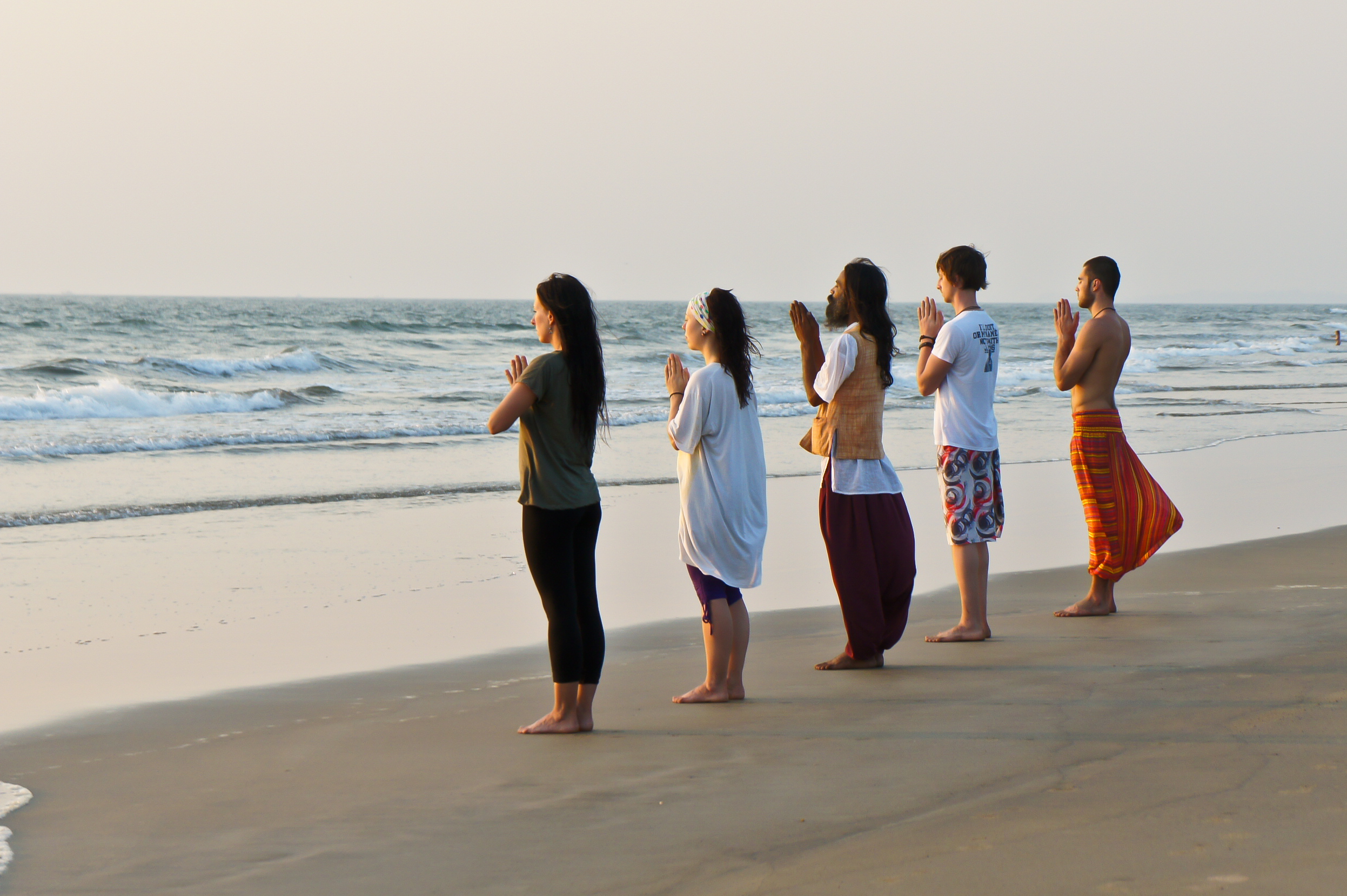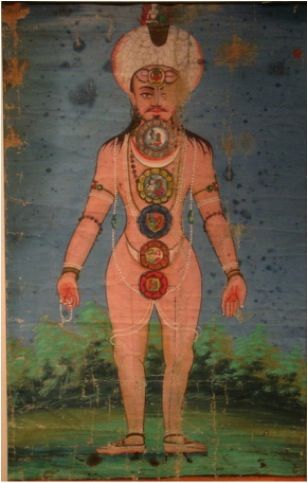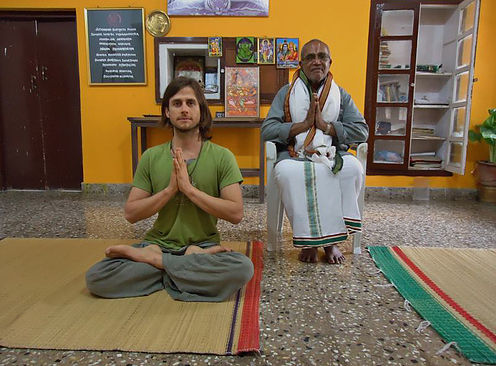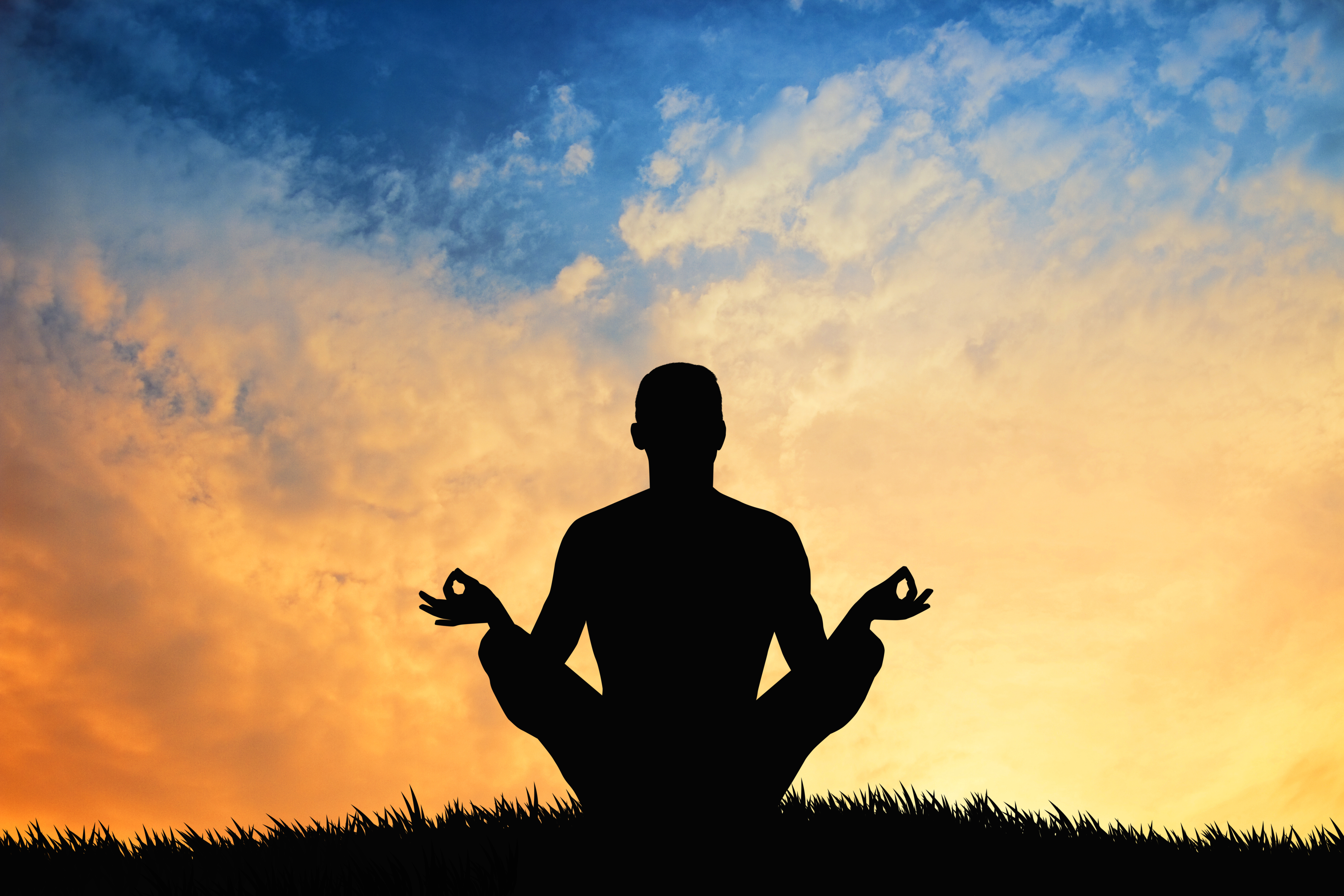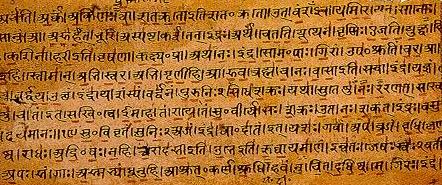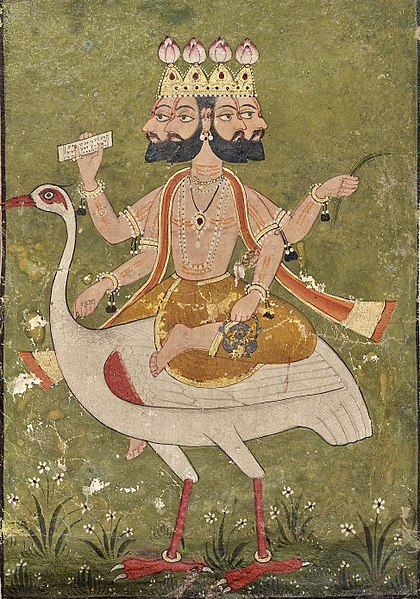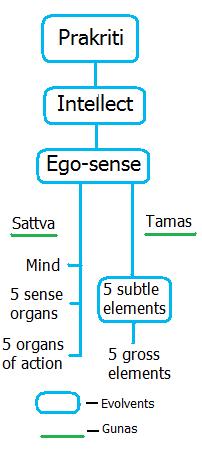Mantras are a repetitive word, phrase, or sound with vibrational qualities and inherent meanings. Mantras are believed to have spiritual, transformative, and religious power. The use of mantras is at least 3500 years old and appears to originate from India, with records in Vedic Sanskrit of mantras still in use today. Mantras have many uses in our modern lives. They serve to quite the mind for meditation, offer the power to bring focus to your mind, and bring a sense of happiness by countering negative thinking. Mantras are mind tools meant to bring you into a higher state of being, a higher vibration.
The word mantra is believed to originate from the Sanskrit words manas= mind + tra= tool, thereby meaning a “tool for the mind”. Science is beginning to grasp an understanding as to exactly why this ancient technique actually is a mind tool. As humans we have what is known as a “Default Mode Network” or DMN. This DMN is a network of regions within the brain that are active and interacting with one another when a person is not focused on the world outside of himself or herself. Essentially, anytime we are not engaged in a cognitive task or external stimulus our brains are operating in DMN. To an extent this is totally normal, however, there is a correlation between an overactive DMN (someone always in their own heads) and negative thinking. One of the wonderful effects of using the repetition of mantra is by engaging a person in the cognitive task of repeating the mantra, the DMN is deactivated. For ailments such as depression, turning off the negative inner critic or negative ruminating can be the difference between recovery or continued illness.
Mantras are more then just a sound or a word, they are also a vibration. Vibration is the language of energy, and the vibrations of some mantras have the ability to shift our internal energy, which in turn shifts our external energy for the better. When we consciously raise our personal vibrations we experience more synchronicities and positive experiences in our lives. When we keep our energy and vibration high, we attract more of the same into our lives leading to an overall more positive life experience. By raising our vibrations through beneficial mantra we are bringing ourselves into tune with the vibration of love and abundance in the universe.
Mantras have meaning. Because of these meanings, mantras have the ability to strengthen our divine connection, increase our focus, and deepen our self-worth and self-love. Through repetition we increase our connection to the meanings within the mantras allowing the truth of those meanings to burn like a flame as truths in us. When mantra is used to elevate your beliefs of love, truth, and connectedness over time it simply becomes who you are and not just what you believe in.
There are several ways you can begin to incorporate mantra into your life:
- If you have been looking to start a meditation practice the use of mantra is a wonderful tool to help focus the mind from random or not-so random thoughts such as your grocery or to-do list. You can use the mantra in rhythm with your breath or you can just use the mantra when you become aware that your mind has started to wonder. If you are just getting started you can read more about meditation here: https://flowingriverretreat.com/meditation-101/
- Sometimes in life we can find ourselves sort of stuck on a negative past occurrence, an event, interaction, or something observed that has hooked our attention. It’s something our coworker said that rubs us the wrong way, the person who cut us off in traffic, or we wish we would have responded differently in a situation and we replay this over and over in our minds. Anytime you catch yourself in a negative thought loop, using mantra is an excellent way to break the pattern and shift your thinking. Begin by taking a big inhale and an even bigger exhale and then begin your mantra at the pace and length that suits you. You don’t need to repeat the mantra for a long period to get its benefits when using it for this purpose; it really takes less then a minute to shift your mindset.
- A traditional way to use mantra is the practice of Japa, which translates into “muttering, whispering”. Sanskrit mantra is used by speaking the mantra out loud, whispering the mantra, or speaking it silently to oneself. Malas or rosaries made of various natural manmade beads are employed in this mantra practice to keep count of the number of times the mantra is recited thus becoming a sacred spiritual tool. Malas and rosaries traditionally have 108 beads but can sometimes be half (54) or a quarter (27) of the 108 beads. 108 is thought to be a significant number in yogic philosophy relating to the planets, therefore it is believed that by repeating a mantra 108 times it helps to bring one into harmony with the universe.
If you’re wondering how to find a mantra, here are a few of my favorites:
- So Hum is a simple mantra that translates literally to So = “That”, Hum = “I”. It’s meaning is “I Am That” or “I Am”. The energy of this mantra is of oneness or becoming one with all and the universe. So Hum is fairly easy to remember as well as pronounce making it a wonderful mantra to start with. When using this mantra try to incorporate your breath with the mantra, such as using “So” on your inhale and “Hum” on your exhale.
- Sat Nam is another simple mantra which translates to Sat = “Truth”, Nam = “Identity”. It’s meaning is “Truth is my Identity”. The energy of this mantra is about identifying with the truth of your own divinity and as a being of this divinity your true nature is love. Sat Nam is another easy to pronounce and remember mantra, making it a handy tool to keep in your toolbox of wellness. Like So Hum, you can use your breath to deepen your mantra practice by using “Sat” on an inhale and “Nam” on an exhale.
- Om/Ohm is a common but powerful mantra. Om/Ohm is a sound/vibration and therefore does not have a literal translation. Om/Ohm is said to be the first and most prevalent sound vibration in the universe. It is the vibration that underlies all other vibrations. The energy of this mantra is of connectedness or oneness with all, as well as bringing oneself into the harmony of the universe. This mantra is uttered exclusively on the exhale, and its use serves to extend the exhale creating more calm in the body and mind.
- Aham Prema is less common but one of my go-to mantras which translates to Aham = “I”, Prema = “Love” or “Affection”. It’s meaning is “I Am Divine Love”. The energy of this mantra is of connecting to the divine love that is our core essence. This mantra is a more energizing mantra and is very easy to sing making it a great mantra to use while being active.
In this modern word we have access to so many amazing tools to increase our life satisfaction and day-to-day experiences, mantra is without a doubt one of those tools with the added benefit of being very easy to incorporate into daily life. If it feels like too much to take on another wellness practice, try to add mantra into your daily life with activities you are already doing, (especially if your body is busy but your mind is free). If you want to try mantra give it a go in meditation, on your commute to work (be sure to use an energizing mantra if you’re driving), walking your dog, while your doing the dishes, folding laundry or any other housework. One of the beautiful things about mantra is that you do not have to say them out loud to get benefits, which means you can use them just about anywhere and anytime.
Wish you more ups then downs in this journey of life. Leave a question or comment if you feel called to do so. Namaste.






































